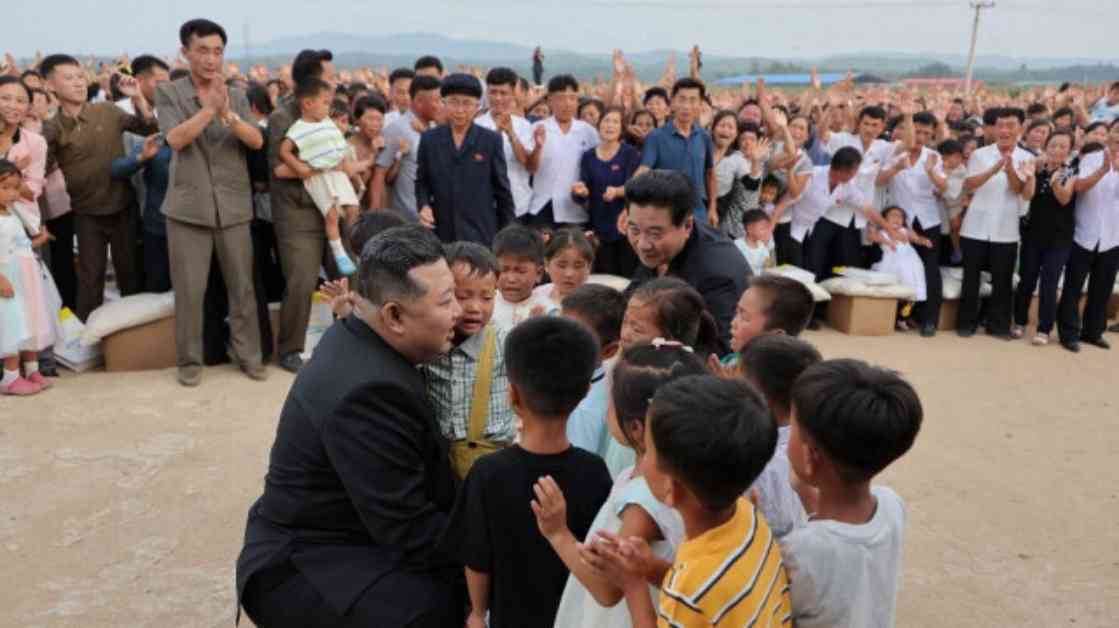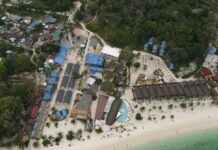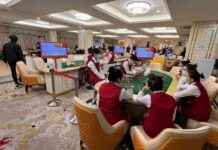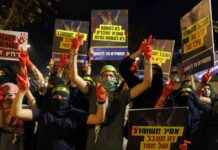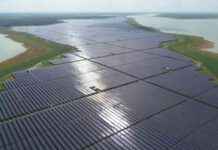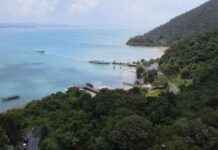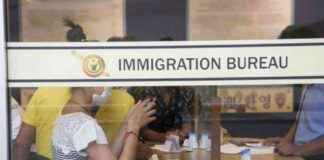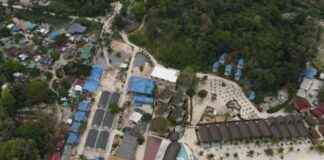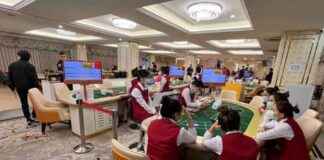North Korea recently faced a devastating flood that caused significant damage in the country. Leader Kim Jong Un visited the affected area in the Uiju county of North Phyongan province on August 9, 2024. He declined offers of help from foreign countries and instead announced plans to accommodate around 15,400 flood victims in Pyongyang until their destroyed homes are rebuilt.
The government’s plan includes providing food, medical assistance, and educational support to the displaced victims, with a focus on school children. Kim Jong Un stated that this effort will be a top priority for the state, emphasizing self-sufficiency in the country’s recovery.
Despite international offers of aid from countries like South Korea, Russia, China, and Unicef, North Korea has chosen to rely on its own resources for rebuilding. Kim Jong Un expressed gratitude for the humanitarian support offered by various foreign countries and international organizations.
In July, North Korea experienced record-breaking rainfall, with the city of Kaesong in the southwest receiving 463 millimeters of rain in a single day, the highest level in 29 years. The floods caused extensive damage to public buildings, infrastructure, roads, railways, homes, and agricultural land in the northern regions of Sinuiju and Uiju.
While North Korean state media did not report any casualties, a South Korean television channel estimated the number of deaths and missing persons. The country is now focusing on recovery efforts and providing assistance to those affected by the natural disaster.
